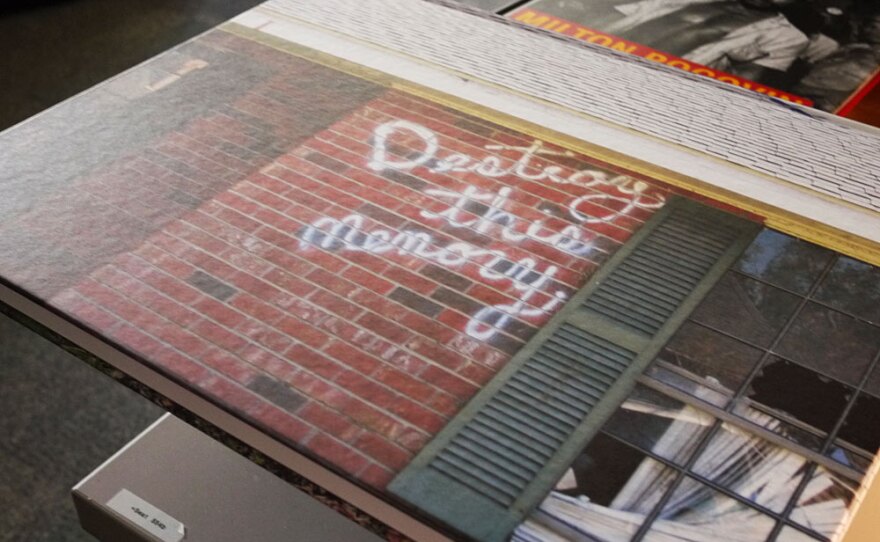A month after Hurricane Katrina razed New Orleans, photographer Richard Misrach was somewhere in the middle of the California desert doing what he does best; his focus of more than 35 years has been large-presentation color landscapes, predominantly scenes of the American West. But, having grown close to New Orleans in the 1970s and 80s, Misrach decided in 2005 to hop in a Volkswagon van with his wife and head across the country.
Of course, there was no shortage of photographers in New Orleans at the time. And, of course, with the somber five-year anniversary of Katrina looming on the horizon, there is no shortage of commemorative photography surfacing right now. But, at the risk of sounding disingenuous, Misrach's book Destroy This Memory seems different. For one, it's all about the format. Leaving the invasive view-cameras behind in California, Misrach shot the entire series with a pocket-sized 4-megapixel camera.


The loudest statement in the book is actually one of absence: In 70 images, not one person is seen. And yet voices are at the center of every frame. After the hurricane, graffiti colored New Orleans. Scrawling messages in neon orange, cobalt blue and fire-engine red told stories of condemned houses, vengeful victims, repentant refugees. "I wanted to organize the pictures of peoples' messages into a narrative," Misrach wrote in an e-mail. "We've heard [and] seen plenty of viewpoints -- but I wanted to see if these found haikus gave the residents a voice."
Haunting is one way to describe page-after-page of what appear to be messages from ghosts. But the captionless images are also downright sad, infuriating -- in some cases, darkly humorous. Misrach plans to return to New Orleans this year to revisit his 1980s Cancer Alley project. Artist royalties from the sale of Destroy This Memory will be donated to the Make It Right Foundation, which is rebuilding the Lower Ninth Ward of New Orleans.
Copyright 2022 NPR. To see more, visit https://www.npr.org. 9(MDAzMjM2NDYzMDEyMzc1Njk5NjAxNzY3OQ001))





